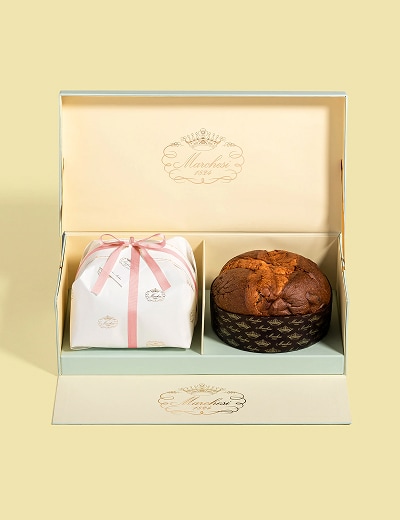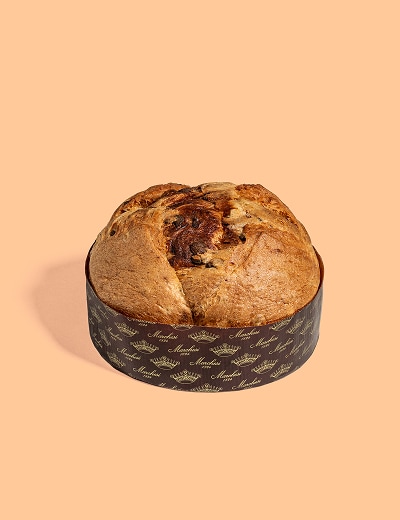
For over 150 years, this traditional Piemontese treat - made by mixing cocoa with ground hazelnuts - has been bringing pleasure to the people of Turin, Italy and the rest of the world. But its origins may surprise you.
The first spark in the historic love affair between chocolate and the Piedmont region can be traced back to 1559, when Emanuele Filiberto, Duke of Savoy, introduced the cocoa bean to Italy from Spain. By the end of the 17th century, the well-to-do of Turin had acquired a taste for liquid hot chocolate, and by the mid-19th century they, like others in Europe, were beginning to enjoy chocolate as we know it today, in solid form.
Little did they know that their new favourite product was about to suffer a major setback. When Napoleon established a blockade of British ships, importing cocoa became extremely expensive, so local chocolate producers were obliged to get creative. A few began mixing the cocoa with hazelnuts, taking advantage of their wide availability in the Piedmont region.
Pierre Paul Caffarel and Michele Prochet were the first to successfully grind hazelnuts to a paste, and they publicised their new creation by having individually wrapped chocolates (another innovation) distributed at the 1865 Turin Carnival by the local Commedia dell’Arte character known as Gianduia, from whom the chocolates took both their name and - based on his hat - their shape.
The gianduiotti made by Marchesi 1824 use a highly prized kind of hazelnut, namely Nocciole Piemonte I.G.P. designated Tonda Gentile Trilobata, from the Alta Langa area of Piedmont. Considered the best in the world, the nuts are purchased raw and fully processed in-house, from the very slow toasting that ensures they maintain all their qualities and the equally delicate grinding process to mixing with very fine Ecuadorean cocoa to create the finished product.
Together with the fruity notes of the cocoa, the high percentage (40%) of hazelnuts used makes for an irresistibly aromatic experience on the palate, while the specially developed grinding process ensures that Marchesi 1824 gianduiotti melt smoothly and deliciously on the tongue.







































